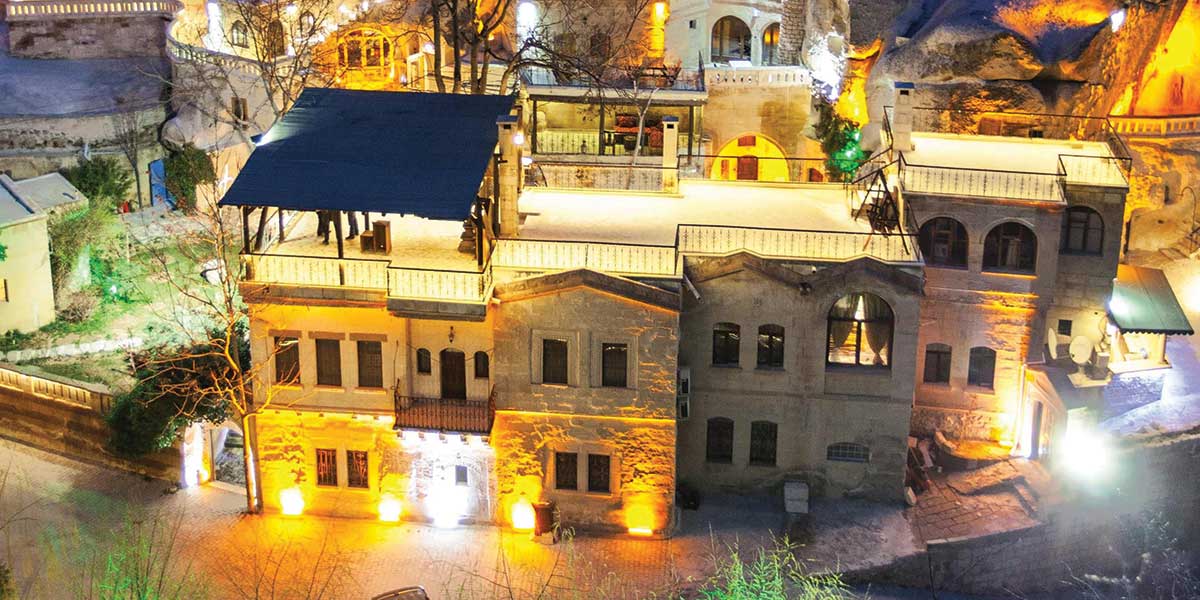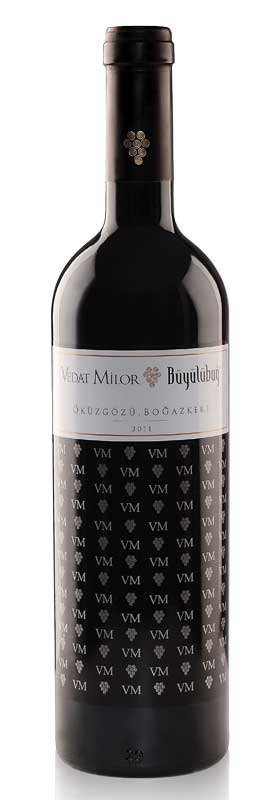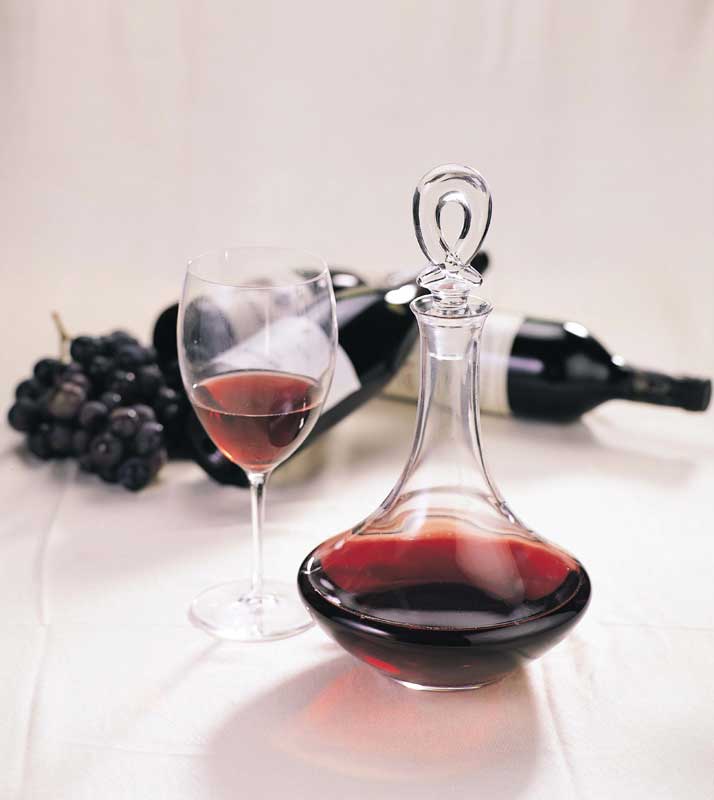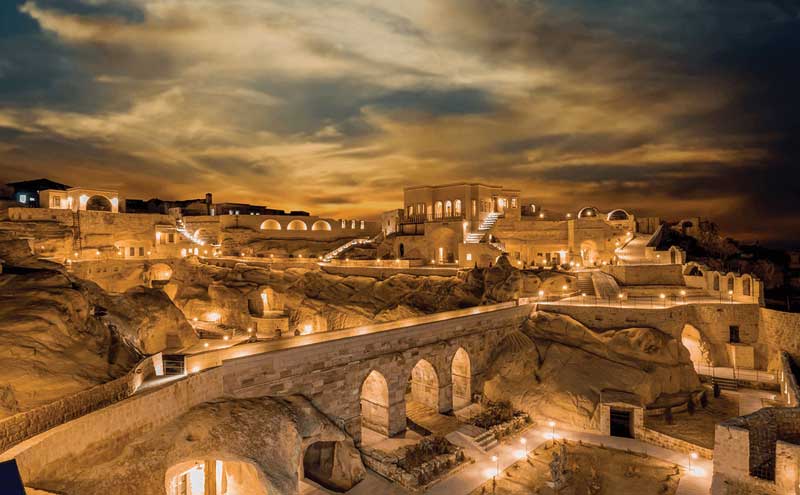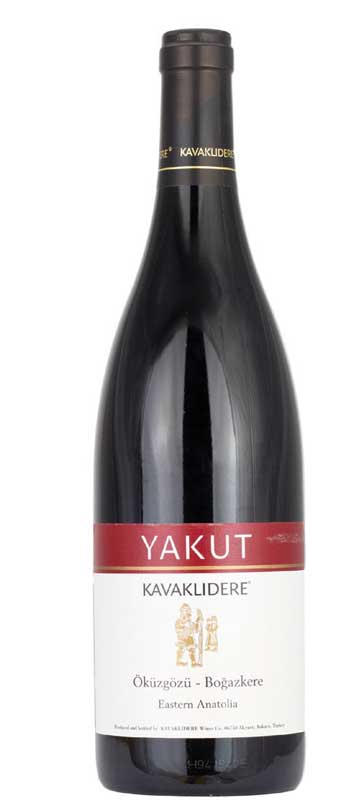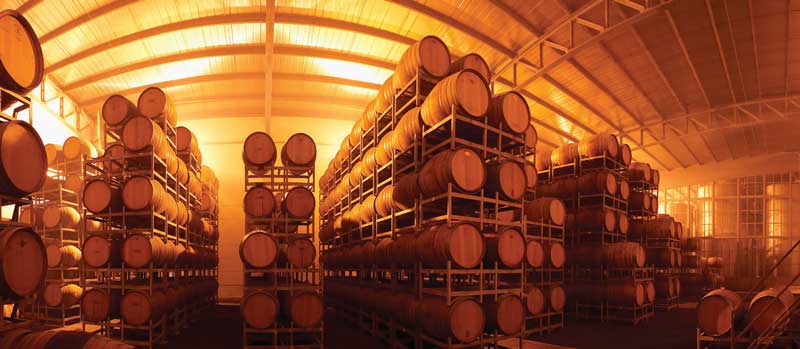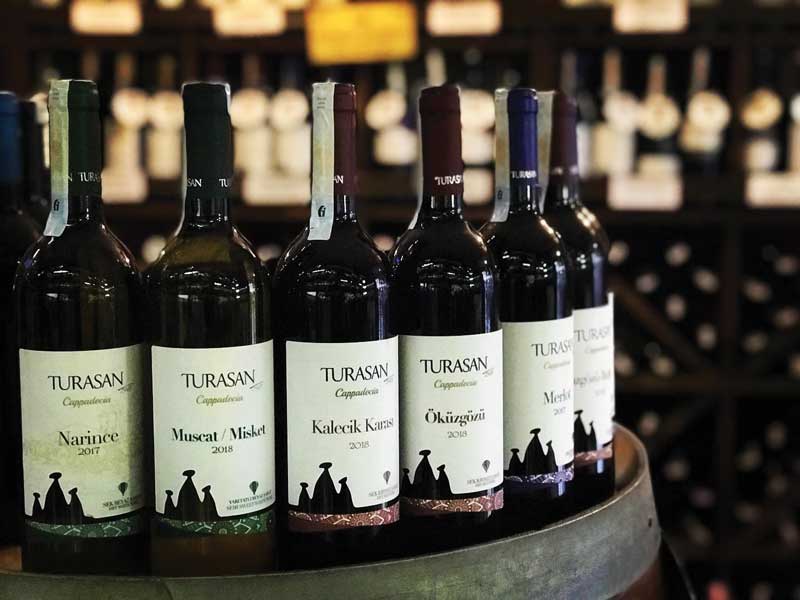Turkey has one of the largest vineyard areas in the world, the best grown is Cappadocia.
Turkey has one of the largest vineyard areas in the world, the best grown is Cappadocia.
Cappadocia is renowned for the secrets of winemaking, which dates to the Hittite Empire. It is said that several 5.000-year-old artifacts for harvesting and making wine have been found in the vicinity of the city.
Experts discovered that more than 20 of the 846 legal code articles of the Hittite kingdom (17th century B.C. – 12th century B.C.) referred to wine, the main reason why they consider that era as one that established quality standards, in addition to its first formal designations: Spiced, aged, young or red.
Its unique microclimate, high altitude, hot days and cool nights, volcanic soils and cave architecture are some of the advantages that allow the production of fresh wines.
Today, Turkey is experiencing a wine boom so far in the 21st century, attributed to the increase in tourism in general, wine tourism in particular, the high demand for domestic consumption, a considerable improvement in the quality of the beverage and de abolition of the import ban.
Kemal Atatürk, father of the Turks
Mustafa Kemal Atatürk is recognized as “founder of modern Turkey” after restoring Turkish pride to a “demoralized nation” by World War I, a time when the Ottoman Empire lost a large part of its territory and wanted to be conquered by European powers.
Prior to 1923, the Muslim Ottoman kingdom prohibited – except for minorities of Christians –
the production and consumption of wine. It was not until Atatürk rose as leader and gave Turkey a new name that the wine industry was restarted.
He had state wineries built during the 1920s, with the aim of convincing the Turkish people of the benefits of wine, this 20th century event is known as the origins of viticulture.
Since then, in Cappadocia, the quality of production has been increasing. Today, it is made from grapes known in Byzantine times, some of which are considered the oldest on Earth:
- Emir. White grape native to Cappadocia, a favorite since the Hittite era. It produces dry wine with particularly delicate aromas; it is greenish yellow or light yellow in color; it is also works to produce sparkling wine. It thrives in the volcanic soils of the region.
- Narince. White wine grape with citrus and fruity aromas that grows in Tokat province in mid-southern Anatolia. The ripening period is the same as Merlot.
- Öküzgözü. A Turkish grape variety and wine produced from it. It is native to Elazig, on the North Anatolian plateau.
- Kalecik Karasi. Like the previous one, it is grape and wine named after the area, the Kalecik district of Ankara province.
Each of the bottles are accompanied with other products of the region, such as cheese, olive or fruit.
Ürgüp
The city and district of Ürgüp is considered the wine capital of Cappadocia, which throughout its history has had different names: from Osian, Hagios Prokopios in the time of the Byzantine Empire; Bashisar during the Seljuk period; Burgat Kaalesi in the Ottoman Empire; to the current name that was given to it after the foundation of the Republic of Turkey in 1923.
Today, it is one of the most important tourist centers of Central Anatolia and is located at the entrance of the Goreme Valley. The Red Valley (Kizilcukur Vadisi) and the Pink Valley (Güllüdere Vadisi) are located 6 km away, their names are inspired by the color of the rock formations that change in intensity and degree of tonality as the hours go by.
For the most part, it is an arid environment that is interrupted by the area’s green vineyards and plantations of apricots, plums, apples and cherries.
Wine destination
Cappadocia attracted the attention of Europe and the world in the 1930s and 1940s, after Guillaume de Jerphanion – Jesuit, French geographer and archeologist – published his work dedicated to the churches of the Turkish region.
As a result, Cappadocia faced a tourist explosion that earned it a place on UNESCO’s list of World Heritage Sites in 1985. Today, it is visited by more than 2.5 million international tourists per year.
One of the main tourist services offered is the oenological one, with important houses such as:
- Kavaklidere. The oldest and best-known winery in Turkey. It was founded in 1929 by the And family, is located in Ankara and is named after the neighborhood of the city. It has 51 varieties exported worldwide.
- Turasan Winery. Established in 1943 by Hasan Turasan, it is the oldest winery in Cappadocia, since its foundation it has been managed by three generations. They were the first private winery, gold medal winners in Turkey and silver in world competitions.
- Kocabag. It was founded in 1972 by Mehmet Erodag and transformed a cellar excavated in rock that offers a constant temperature of 8 to 10° C. The grapes grown in its vineyard are processed into wine that is then shipped to the United States, Canada, Germany and Japan.
- Vinolus. Boutique producer in Cappadocia that makes unique wines from organically grown shapes. Since 2009, its vineyards have been certified organic.
The Argos Hotel, in the Uchisar district of Goreme National Park, was built in the ruins of Christian monastery carved in stone. Its main feature, its cellar, a series of vaults dating back a thousand years.
Text: Alejandra Cañedo ± Photo: PNT,PNTY, VP, FT, Kavaklidere, Alibaba shop, Turasan

